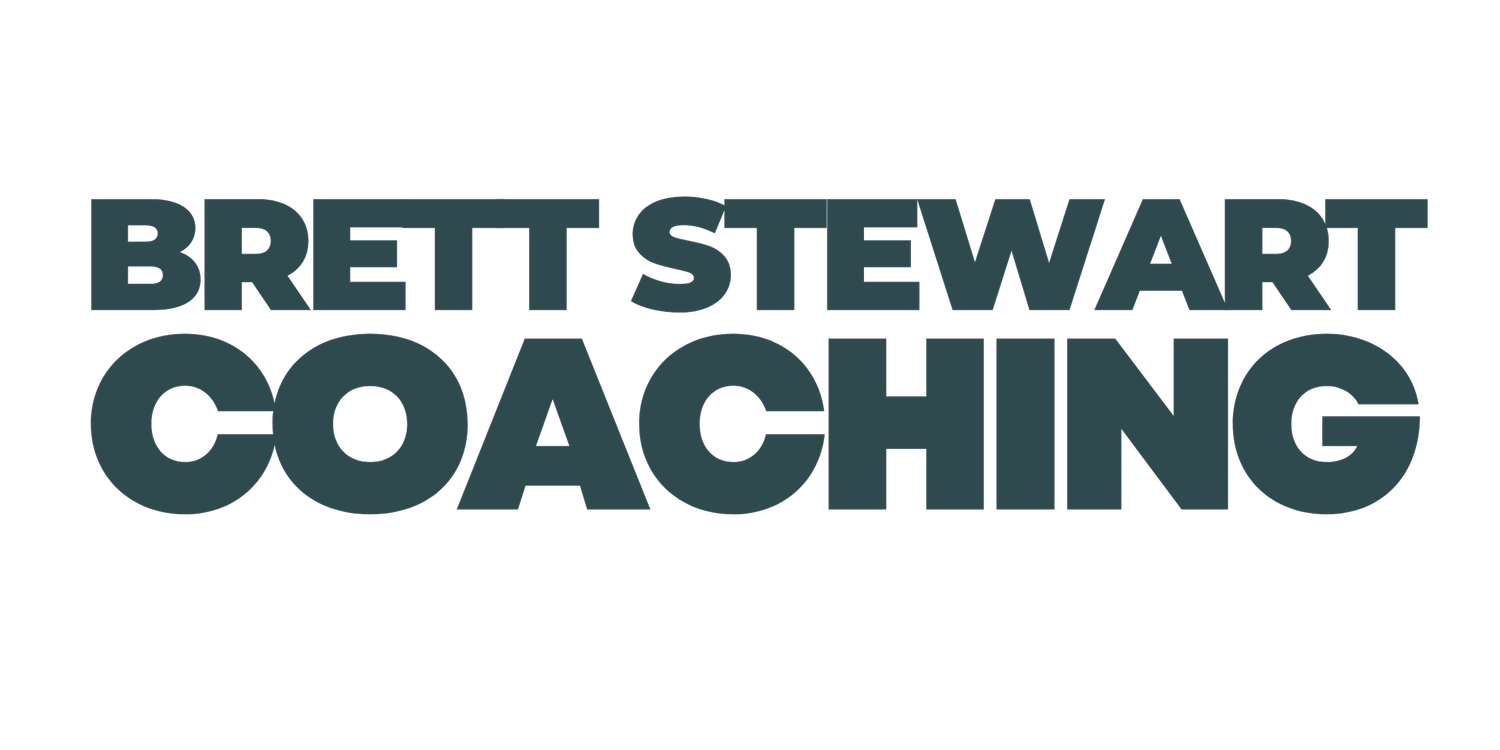Minimum Effective Dose
My father, a retired pediatrician, was an amazing doctor. One of the things that made him great is that he’s a big believer in the “minimum effective dose.” Minimum-effective-dose practitioners ask this question: “What is the least amount of medication or other external intervention required to treat the issue, so the body can heal itself?” That’s a novel approach in a world where there’s a pill or procedure for everything, but the underlying belief is very appealing: The treatment is not the star of the show, the body is. The treatment is only there to remove obstacles, so the body can do what it’s innately capable of doing.
I’m writing today to all of you who think EOS™ (the Entrepreneurial Operating System) is heavy or bureaucratic or reminds you of all the silly procedures you had to follow when you worked for a big company. If that’s your view, let me be the first to apologize, because someone has done a poor job showing you how EOS™ works. When run properly, EOS™ is not a big, heavy system; in fact, it’s the minimum effective dose of systemization for your entrepreneurial business.
Here are a few examples:
Goals: We call them Rocks and there are only three to seven for the company and one to three for each individual per quarter. No project plans, no micro-management. You report to your team every week with a simple “on track” or “off track” and they trust you to do what you committed to do.
Data: We build a short scorecard, five to fifteen metrics, for the company and one or two specific measurables per individual. No excessive analysis, just a number or two that tell you if you “won the week.”
Process Documentation: Processes are documented only to the point that everyone is clear on the steps, not the detail of how to accomplish each step. Rarely are these documents more than two pages and people love them, because they create clarity on the “what” but leave room for autonomy and creativity on the “how.”
Meetings: The Level 10 meeting is a ninety-minute weekly meeting that replaces all other meetings. It starts on time and ends on time and is focused on solving issues. Status meetings and other CYA gatherings go away and are replaced with trusting people to do their jobs, follow their processes, and bring issues to the team when they need help.
In the interest of brevity, I’ll stop with the examples, but I need to warn you of something before you set off on this minimalist approach: this whole deal is predicated on your commitment to hiring and developing great people. Just like the minimum effective dose in medicine clears the way for the body to be the star, the minimum effective dose in business paves the way for your people to be the star. EOS™ will not make you great; EOS™ sets the stage for the greatness of your people to reach its full potential.
If you want to be the smartest person in the room (or the company) or you’re scared by the thought of relinquishing control to the people around you, you should run another system. But if you want a system that helps great people thrive and does it in a way that frees you to enjoy your time and money, EOS™ is your best bet.
